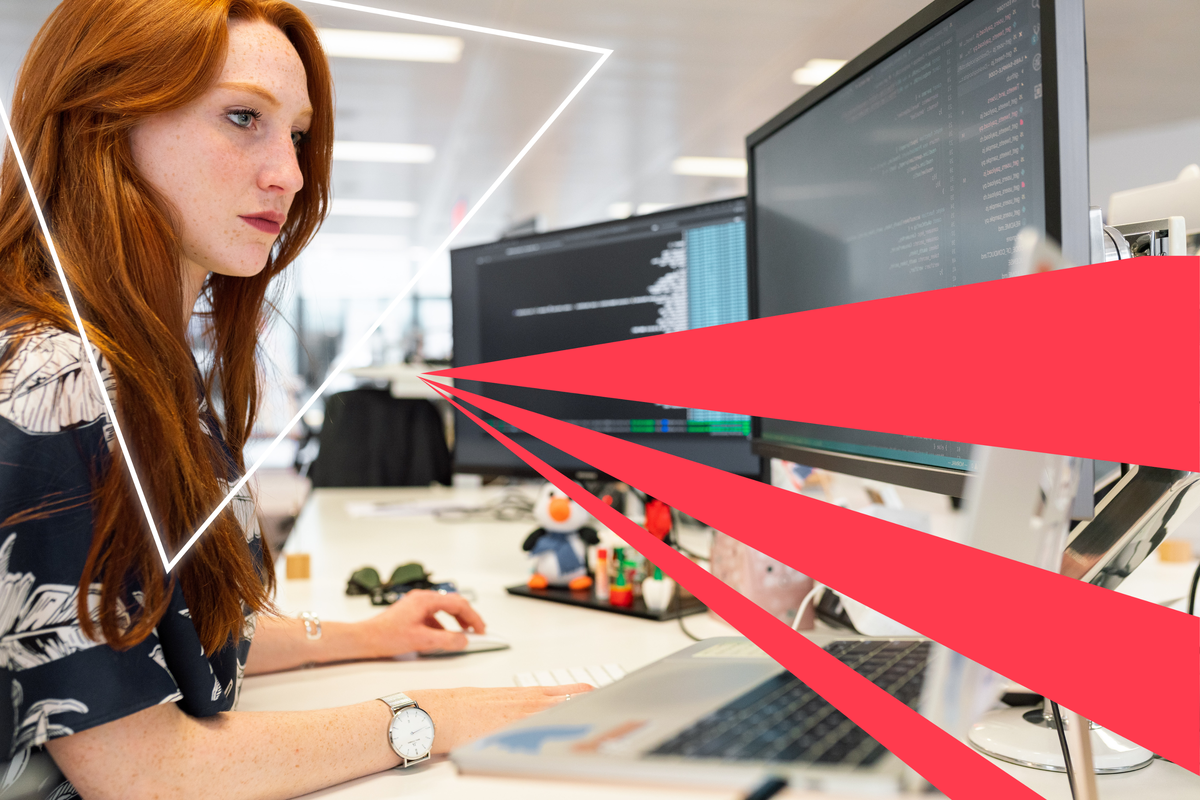Mastering cyber-security: five expert tips to build a stellar SOC strategy

The cyber-threat landscape is constantly evolving – and if you’re to keep up, so must your defences. Technology is rapidly evolving and expanding, providing cyber-criminals with greater opportunites to attack organisations and presenting security teams with a wider attack surface to defend.
If that wasn’t bad enough, the cyber-crime industry has simultaneously become more sophisticated, with criminals using automation and industrialisation to target more victims without needing a high-level skillset. And an increasingly complex and fragile supply chain means that a breach in one vendor could potentially bring down an entire system.
It is essential for organisations to have a cyber-security strategy in place that protects them against all these risks. One effective approach to achieving this is by implementing a security operations centre (SOC) strategy, which combines people, processes and technology to provide continuous visibility and protection.
Here are five ways you can build your organisation’s SOC strategy:
Keep up with the trends
Because technology is changing so rapidly, organisations need to pay attention to the trends and the cyber-criminal response to them. For example, as AI becomes more and more accessible to the public, dark AI also increases. Dark AI is the concept of programming AI – intentionally or unintentionally – to carry out malicious activities. With 5G, IoT and cloud computing, organisations must stay updated with what is changing and how threat actors could exploit vulnerabilities to target them.
Consider and consolidate tools
One of the major problems in the cyber industry today is the proliferation of security tools. Having too many tools can lead to issues such as data silos and tool overlap. When building a SOC, it is crucial to assess the tools being used and determine which are necessary and which are redundant. By doing so, organisations can ensure that their SOC is streamlined and effective in protecting against cyber-threats.
Find the right people
While building a SOC with the right technology for your organisation’s risk profile and cyber-maturity is important, it’s just as crucial to have the right people to “feed and water” this technology. As the cyber-environment continually changes, we must also continually assess and update our security controls to protect against new threats. This takes specific expertise across the technology stack you have implemented. It’s critical to ensure you have the right individuals who can interpret the threat landscape and build appropriate security controls to protect the organisation.
Assess your security coverage
When assessing the security coverage your organisation requires, start from the top down. Firstly, understand the business context: what strategic objectives does the organisation have? This is especially relevant if you’re expanding geographically or entering a new market segment.
Next, you must understand what is critical to running your business. An airline, for example, must be able to fly planes; an online retailer must be able to transact online. This helps you isolate the truly critical systems of a business.
Once you understand what is critical, you need to understand the threat context for your business. Who is likely to threaten you and why? What assets or systems are they likely to target? And how are they likely to access your assets?
Once you understand this, you can develop the security controls your SOC needs to protect against malicious actors.
Establish governance and processes
Organisations must decide what technology and governing processes to implement. Processes should outline how the organisation becomes aware of a threat, how security activities are communicated within the company and how to respond if a breach does occur. By establishing cyber-security response codes, each department will understand the steps to take if there is a threat. A well-defined set of processes will help minimise the impact if a breach does occur.
By putting all this together, an organisation can move toward creating a strong SOC strategy. The most important goal is to keep the threat actors out, and, when necessary, to eject them if they breach your defences. This starts with foundational cyber-security and builds up from there. Comprehensive visibility, carefully curated tools and effective governance are the foundations of a resilient SOC that can then mature as you continue your cyber-security journey.
For further insights and recommendations to enhance your security operations visit adarma.com/a-false-sense-of-cybersecurity.
Related Articles
Most Viewed
The Expert View: Building a cyber-resilient organisationSponsored by BT & Zscaler
Winston House, 3rd Floor, Units 306-309, 2-4 Dollis Park, London, N3 1HF
23-29 Hendon Lane, London, N3 1RT
020 8349 4363
© 2024, Lyonsdown Limited. teiss® is a registered trademark of Lyonsdown Ltd. VAT registration number: 830519543




